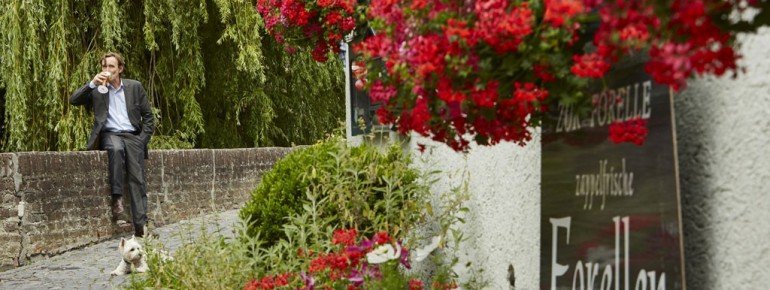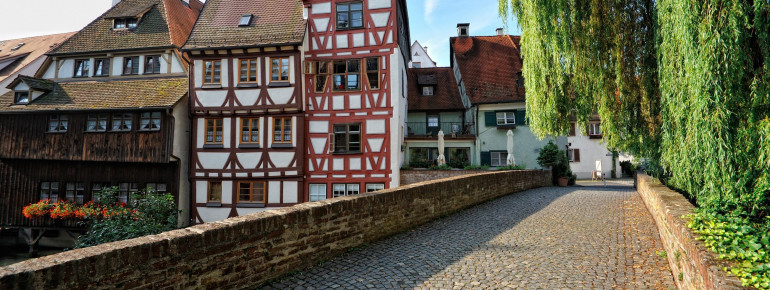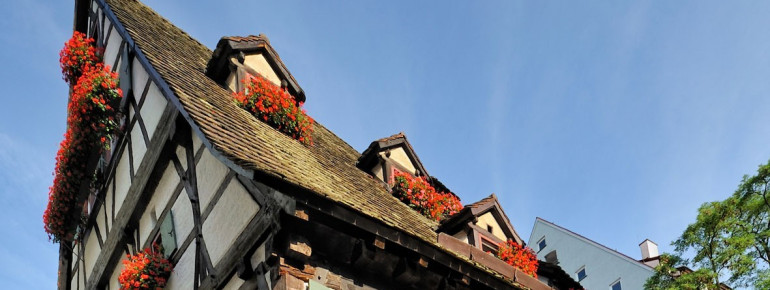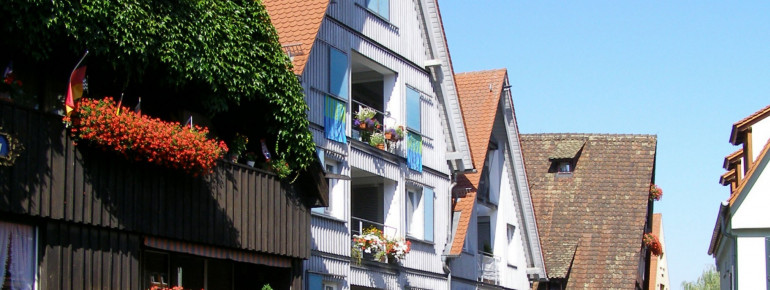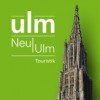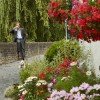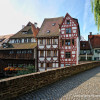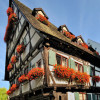Contents
Description
The Tilting House by River Blau
The 'Fischerviertel' (fishermen district) is located in the historic part of Ulm. Small alleys, lovely timbered houses, cute bridges and squares, cosy cafes and restaurants create an idyllic atmosphere. A must-see of the district is the tilting house ('schiefes Haus'), which is actually leaning towards river Blau. The south side of the house stands in the water and is slowly sinking further down over time. The house was completely restored and is nowadays run as an exclusive hotel, with sloping walls. It reflects the districts history perfectly. In earlier days, fishermen would live in that house.
Tanners also had an impact on the district's history. They built their houses along river Blau and added small platforms to them so they could wash the skins in the river. Those houses which survived the bombings during World War II have been renovated and contribute to the fishermen district's idyllic charm.
Historic Sites Abound
Another characteristic feature of the district are the 7 mills along river Blau. The oldest is called Isaakenmühle. And there are many more buildings to marvel at: from the 14th to the 19th century "Weinhof" was a special trading place. The house 'Schwörhaus' has an important tradition in Ulm. Every year on 'Schwör Monday', a holiday celebrated exclusively in Ulm, the mayor gives a speech from the balcony about the past year. He also renews his oath on the city's constitution from 1397. Nowadays 'Schwörhaus' is home of the city's history and the city's archive.
Since 2012, you can also find a synagogue on Weinmarkt square. The original synagogue, which was destroyed by Nazis, stood close to the new one is today. Opposite the tilting house you find 'Ulmer Münz' (Ulm mint), which was used for coinage in the 17th century. Later on it was used as a grinding and oiling mill. Nowadays you can still see the water wheel.
Another highlight is the 'beautiful house' ('schönes Haus'), which is known for its sloping walls, just like the tilting house. Shipmen lived here in earlier days. A painting on the house wall tells the story of its former inhabitants. The painting shows the city Belgrad and recalls the troop transportations of shipmen during the Turkish wars. In the middle of the quarter you find 'Saumarkt', which was used as a pig market throughout the 20th century. Every four years, the so called 'Fischerstechen' (a German/French/Swiss tradition of water jousting) takes place in that area. Hundreds of dressed up participants gather for the parade. Afterwards, the celebrations continue until late at night.
How to get there
Fischerviertel is located within the historic part of the town Ulm.

